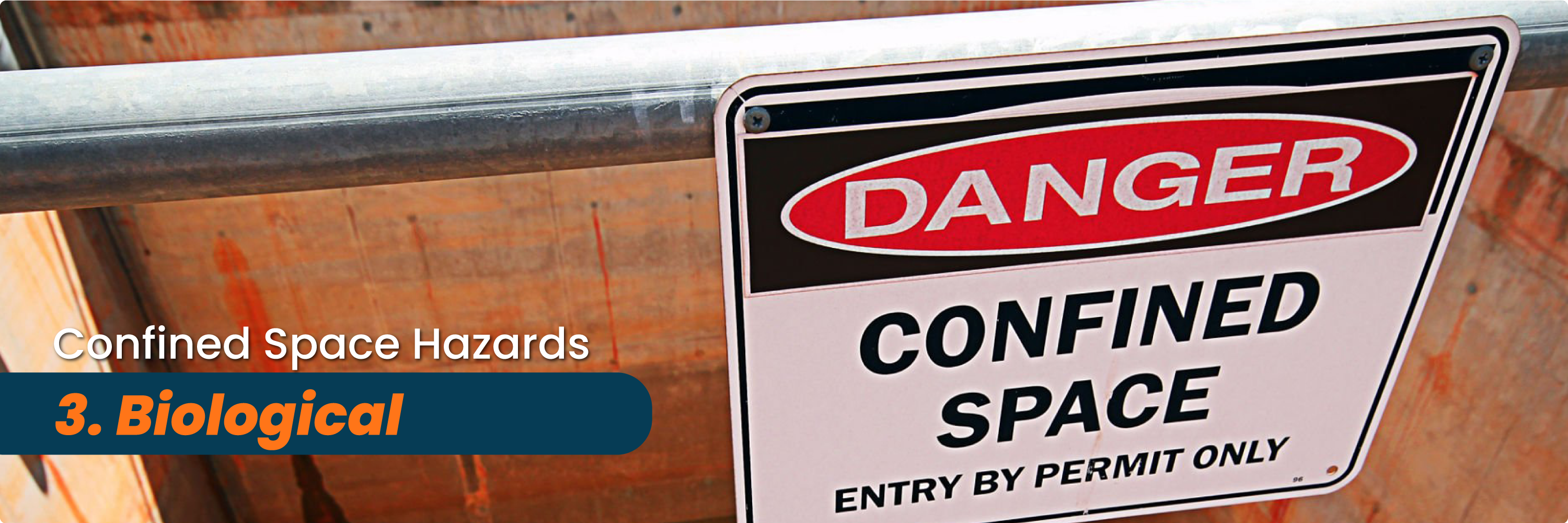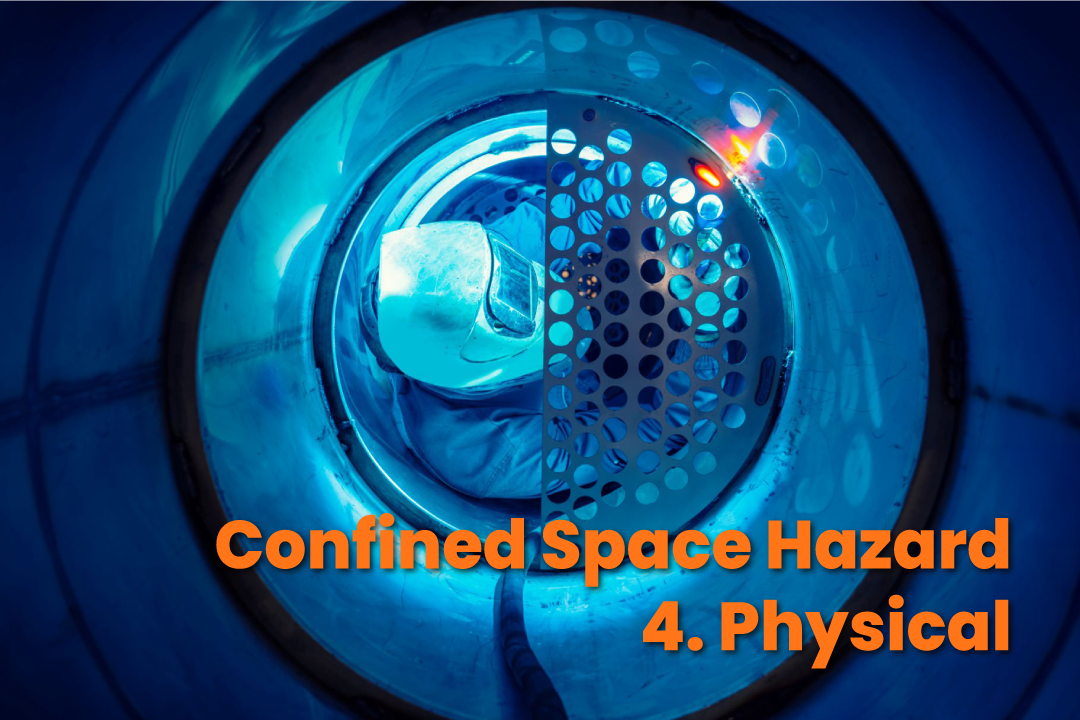Biological hazards in confined spaces often receive less attention than atmospheric or structural risks, but they are just as dangerous. Biological threats build up slowly, invisibly, and without warning. Workers only notice them when symptoms appear… and by then, they have already been exposed to danger.
Because confined spaces are enclosed, humid, and often unmaintained, they become ideal environments for biological growth. Your workplace might very well contain bacteria, mould, fungi, wastewater contaminants and decomposing organic matter.
These threats usually appear due to:
- Stagnant water in tanks and cargo holds
- Organic residues left behind during previous operations
- Sewage contamination in wastewater networks
- Decomposing matter, such as food products
- Animal and insect activity in spaces that are rarely visited
- High humidity and poor ventilation, which encourages mould and microbial growth
A space may look harmless from the outside, but inside it may contain mould spores, airborne pathogens, or harmful microorganisms that can inflame the lungs, causing long-term respiratory issues.
Identifying Biological Hazards
Before entry, workers should look for:
- Bad odours like musty or rotting smells
- Visible mould patches along walls or ceilings
- Presence of insects or rodents
- Stagnant or contaminated water
- Residue or biological sludge
- History of storing organic material in the space
- Previous reports of skin or respiratory irritation
Even if a space appears clean, the traits above can indicate the presence of biological hazards. This is why biological hazards must be treated as a standard part of confined space assessment.
Solutions
- Respiratory Protection
Because biological contaminants are airborne, workers should always use appropriate respiratory PPE depending on the environment:
- Disposable respirators for low-level organic particulates
- Half-face and full-face respirators with P3 filters for mould, spores, and organic dust
- Powered Air-Purifying Respirators (PAPR) for extended work
- SCBA when biological hazards are combined with atmospheric risks
- Containment & Decontamination
Equipment such as antimicrobial wipes, disinfectants, and protective coveralls help prevent cross-contamination.
- Ventilation & Controls
Poor airflow accelerates microbial growth. Forced ventilation and periodic flushing reduce long-term build-up.
- Regular Inspection & Cleaning
Scheduled maintenance will clean out the biological accumulation commonly found in pits, tanks and other nooks and crannies.
Entering a confined space means entering an environment where living organisms can harm you just as easily as gases or structural hazards. Treatment is a last resort: prevention, proper PPE, and awareness remain the best defense.





